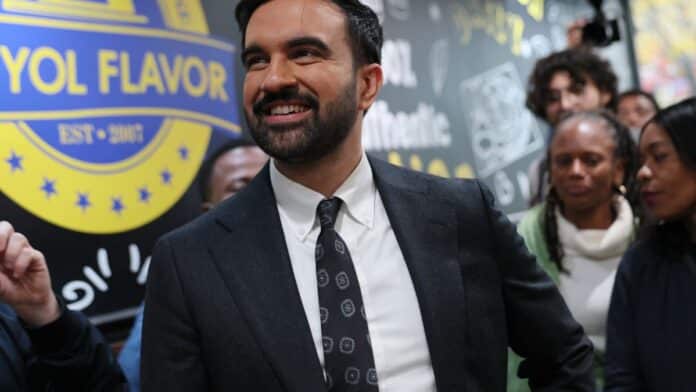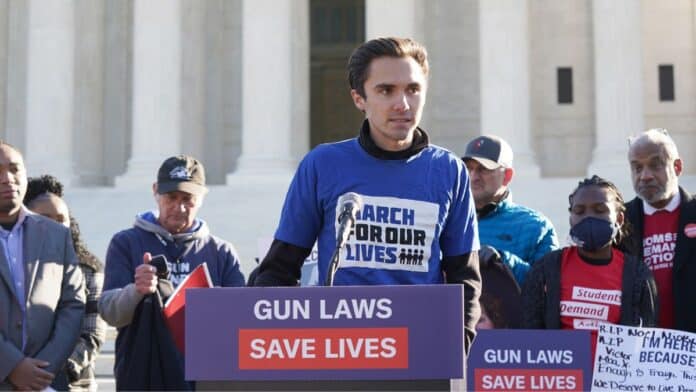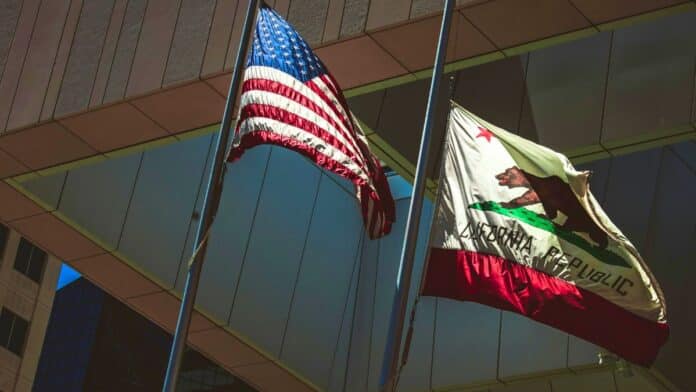In a major political upheaval, 34-year-old Assemblyman Zohran Mamdani has been elected mayor of New York City, defeating former Governor Andrew Cuomo, who ran as an independent, and Republican Curtis Sliwa. The election result marks a historic moment as Mamdani becomes the city’s first Muslim mayor and the first candidate backed by the Democratic Socialists of America to win the office.
Mamdani’s campaign focused heavily on progressive reforms, including a freeze on rent-stabilized units, free public bus service, the creation of city-run grocery stores, and a municipal wealth tax on the city’s highest earners. He also advocated for police budget cuts and a reallocation of public safety resources. Despite being significantly outspent by Cuomo, Mamdani built a robust grassroots coalition across Queens, Brooklyn, and parts of the Bronx. His victory reflects a growing generational shift in New York City politics, particularly among younger and left-leaning voters.
Cuomo’s campaign, framed around executive experience and a promise of moderate, practical governance, failed to generate momentum. Voter turnout among younger demographics and lower-income communities proved decisive. Critics of Mamdani have raised concerns about the feasibility of his agenda and the risk of driving businesses and taxpayers out of the city. Some have also cited past controversial statements and foreign policy positions as reasons for concern.
Mamdani, however, emphasized local economic justice, housing affordability, and transportation equity as central to his vision. He takes office on January 1, 2026, facing high expectations and the difficult task of turning campaign promises into workable policy. His administration will need to navigate complex relationships with city council leaders, business interests, and Governor Kathy Hochul’s state government, particularly if his fiscal policies prompt legal or legislative challenges.
Observers across the political spectrum are watching closely to see how one of America’s largest cities adapts under an openly socialist mayor.












